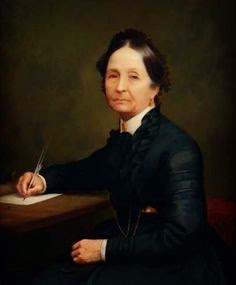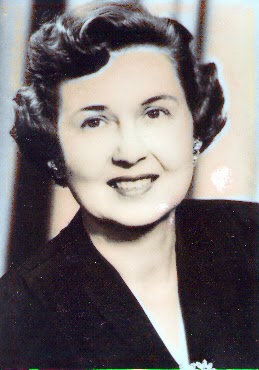Church hymns are known to invite the spirit into our Church meetings and activities and into our homes when we sing and play them. These hymns, written by several of God’s servants, help convert people to certain gospel principles and foster spiritual growth. Several inspired women wrote many of the hymns we love and sing often today.
Eliza R. Snow — “O My Father”
Eliza Roxcy Snow was the older sister of President Lorenzo Snow. She was a brilliant student and was quite famous for her poems by the time she joined the Church in 1835.
Eliza once said, “To be able to do Father’s will is what I wish to live for.” And that she did throughout her life by holding different Church positions and through her uplifting and hopeful poems and songs she wrote. Eliza served as the second general president of the Relief Society (1866-1887) and was also the first president of Deseret Hospital.
Besides being a general president of the Relief Society, she is most known as being “Zion’s Poetess.” She published volumes of hymns, tune books, and poetry, and even wrote more than 500 poems. She spent much of her lifetime writing and had many of her poems set to music. Many of her songs, because they spoke of peace and hope, brought comfort to the Saints as they migrated to Utah. While Eliza wrote 10 current hymns in the LDS hymnbook, “O My Father,” written in Nauvoo in 1843, is one she’s most remembered for.
Eliza was born with a poetic gift, and because of her gift and desire to do the Lord’s will, she’s touched the heart and ears of many through her hymns.
Naomi Randall — “I Am a Child of God”
“I Am a Child of God” is a simple, yet truly powerful, LDS hymn. It’s one we all know by heart since we’ve sung it since our Primary days.
Naomi Randall, who spent much of her life serving in The Church of Jesus Christ of Latter-day Saints, specifically in the Primary, authored this beautiful song.
The general board of the Primary was preparing a meeting for Primary leaders from around the world in 1957, so the board asked Naomi to write a new song to be performed during the meeting. Later that night before bed, Naomi knelt down on her knees and prayed to have the Lord help her know what words to write for this song. At about 2:00 a.m. she woke up, words pouring into her mind, and got out of bed to write these words down. After writing, she returned to her bedroom and got down on her knees again, this time thanking Heavenly Father for providing the needed inspiration. The next morning the Primary board approved the text of the song, as it was well received by everyone.
The first version of “I Am a Child of God” had a slightly different phrase than most of us are used to singing. The song’s chorus then read, “Teach me all that I must know to live with him someday.” After hearing this song, President Spencer W. Kimball, who was serving as a member of the Quorum of the Twelve Apostles at the time, loved the song, but felt the need to ask Naomi to change that phrase to “Teach me all that I must do to live with him someday.” President Kimball suggested this slight change since he said and stressed throughout his ministry that this gospel is about doing, not just knowing. He said this gospel is a way of life, and that knowing isn’t enough to obtain celestial life.
Thanks to Naomi’s humility to ask the Lord for help and being open to the spirit of revelation, she was able to write a well-loved Primary song happily sung by children and adults around the globe.
Julia Ward Howe — “The Battle Hymn of the Republic”
During the Civil War days, Julia Ward Howe was known for her writing and social justice activism. She was even invited to Washington by President Abraham Lincoln to be part of a commission looking into the treatment of Union soldiers.
Her first night after visiting the camps, Julia arose early thinking about all the women who had sons fighting in the war. But shortly after, her concerns were still, as lines of a poem began flowing into her mind. She hastily arose to write these words down, and once she was done, she said she lied back down in bed and couldn’t shake this feeling that something important had just happened.
Julia’s feeling was right; listening and immediately writing down those inspired words would greatly impact the Civil War and its soldiers, as well as her descendants, the movement she stood for, and future LDS members and U.S. citizens. President Lincoln wept when he first heard her poem’s words read, and Martin Luther King, Jr. even said a few lines from her poem during his last speech in Memphis he gave the day before he was killed.
The words she wrote became the well-known song “The Battle Hymn of the Republic,” a song filled with powerful words and a powerful history behind it, and always sung with great conviction.
Music is such a significant part of our Church, and because many righteous women in the Church listened to and acted on their personal revelations, we’re able to enjoy the words and music of several of our favorite Church hymns today.
Kirsten Metcalf has been writing and editing for 5 years now. She’s a graduate of Brigham Young University and was able to be a sports reporter and editor for BYU’s newspaper while attending there. She loves Kansas basketball, the Atlanta Braves, ice cold Pepsi and being a member of the Church of Jesus Christ of Latter-day Saints. You can check her out on Twitter at @k_metcalf4









